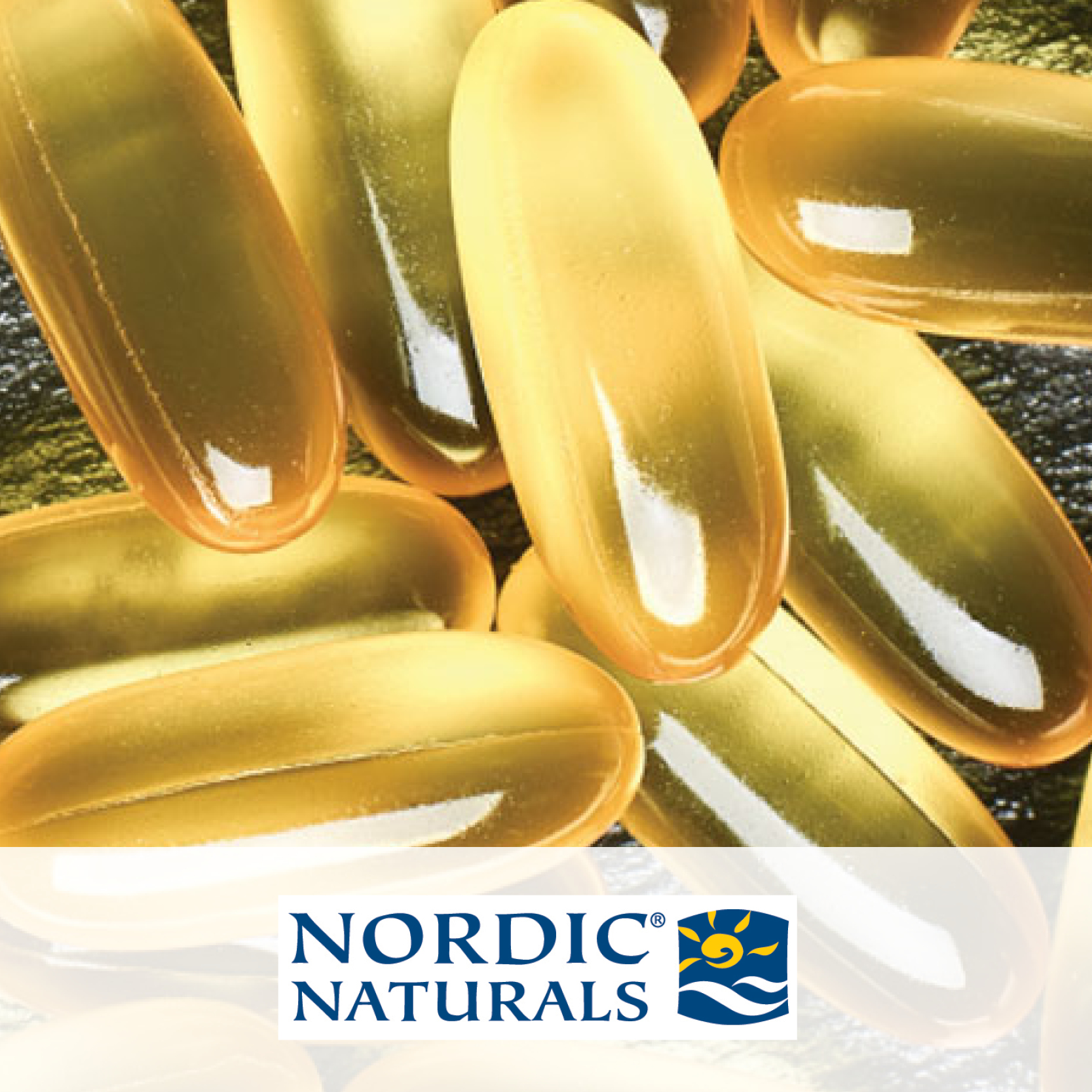Mitochondria produce large amounts of ATP through their metabolism of fats and amino acids. However, only certain amino acids get metabolized for precursor molecules used in the mitochondrial for Krebs Cycle activity and eventual electron transport chain sequencing. The Mitochondrial Markers – Amino Acid Metabolites section of the OAT often shows elevated markers.
In this 50-minute webinar, Dr Kurt N Woeller will explore this section of the OAT in more detail and discuss the clinical relevance of these markers.
WEBINAR Q&A
Q: Would this test reveal perturbations in thiamine status (sufficiency/deficiency, function, other), and if so — how?
A: Only as a reflection of lactic acid levels, and certain markers within the Amino Acid Metabolites (#62-#66).
Q: Would this test reveal perturbations in ALDEHYDE metabolism? Can it distinguish between exogenous exposure; excess endogenous formation; triggering of endogenous cellular defense mechanism; other…?
A: Arabinose (marker #7) is an aldehyde. Other organic acid structures could be checked for aldehyde status. There is always the possibility within certain markers biochemically that its elevation could be influenced by exogenous exposure, but a representative elevated acid could be triggered for multiple reasons. The OAT is not going to identify specifically exogenous aldehydes specifically that I am aware of.
Q: Would this test reveal the status of mitochondrial form and function?
A: The OAT does provide information about the function of mitochondrial activity.
Q: In other words, would it reveal the Healing and Aging Cycle stage? (ref RK Naviaux) Would it indicate changes in mitochondrial membrane permeability?
A: The OAT is not going to get that detailed into mitochondrial permeability. However, mitochondrial membrane disruption could be one reason OAT mitochondrial markers are elevated.
Q: What does elevated suberic acid imply?
A: This is commonly associated with a fasting state but could indicate poor cellular fat metabolism. Generally, the use of L-carnitine is helpful.
Q: Do you use plasma amino acids test along with Organic Acids Test for the information you talk about today? Can we see changes in plasma amino acids when OAT is abnormal?
A: It is possible to see plasma amino acid levels out of balance in relation to certain deficiency states or genetic influences on amino acid pathways.
Q: I am a bit confused if you said marker 31 is a Leucine or Lysine metabolite?
A: Markers #30 and #32 are linked to leucine, and marker #31 is linked to lysine.
CPE Points: Course completion provides you with a Certificate of Attendance to earn CPE Points.
Terms: This course is subject to future edits and alterations.
Notes: Notes are not available for this presentation (if no notes are available).












































